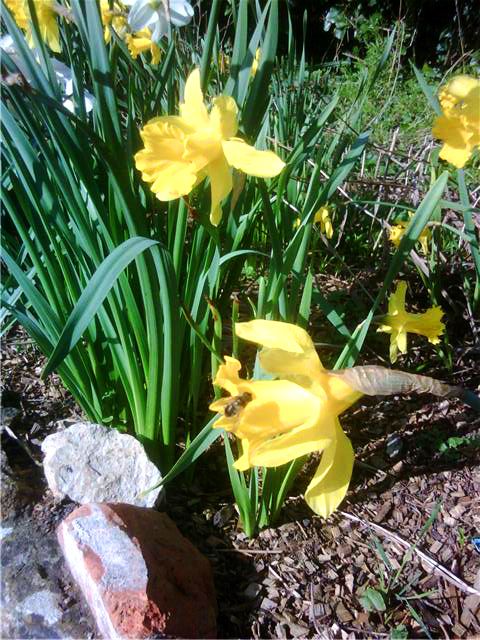- Joined
- Dec 27, 2008
- Messages
- 1,331
- Reaction score
- 1
- Location
- Tayside
- Hive Type
- National
- Number of Hives
- about 70 and rising
I have a large Alder which produces seed bearing cones annually, I have never seen it worked by bees ?, maybe it's a female tree ? anyone know ? save me from doing a google search.
John
Hi John
No, the trees have both sexes of flowers. The males are in those dangly bits and the females in smaller cones on the twigs.
Like hazel it is essentially a wind pollinated plant. Bees certainly work hazel sometimes - but I've never seen them on alder.
Best wishes
Gavin




